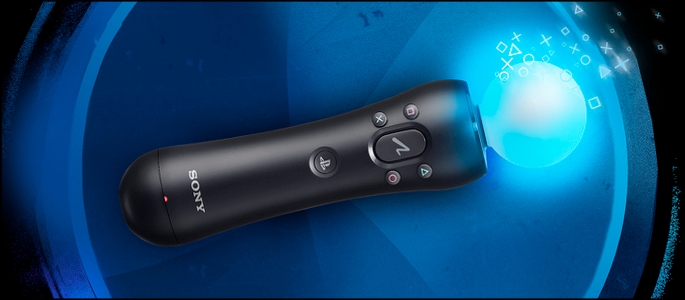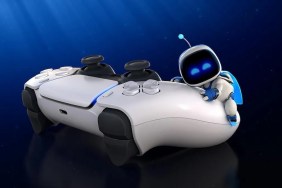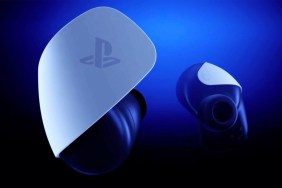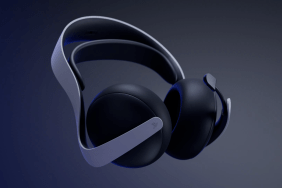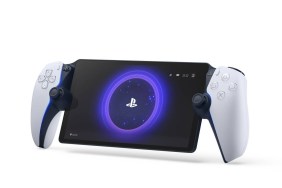The PlayStation Move managed to do what the Wiimote never could – provide 1:1 motion tracking in a 3D space, but many still see the controller as a simple copy of Nintendo’s popular motion device. Now, according to a Sony patent, it has been revealed that the company once had bigger plans for the Move, and were open to adding far more features to the device.
The current Move controller consists of a lit sphere and the standard PlayStation buttons, as well as a Move button and a trigger that can be used to interact with the PlayStation 3. While this setup can work with most gameplay types, the interface does limit what gamers can do. In a Sony Patent filed in May of last year, and published only days ago, it looks like the company were researching a far more powerful and sensor rich controller.
To play certain games like Killzone 3 and Socom 4 with the Move controller, gamers must use a Dualshock 3 or a Navigation control to operate the left joystick. Not only does this mean that you will need to purchase another controller, it means that only one hand will be tracked by the PS Eye. In one patented concept, Sony planned to integrate the analog stick into the main Move controller:
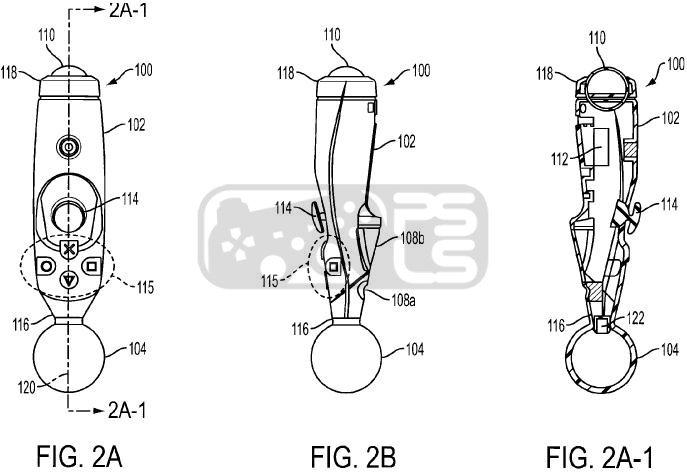
The patent clarifies:
The front of the controller 100 further includes a joystick 114. In some embodiments, the joystick 114 is used to control aspects of a game console such as manipulating an onscreen cursor. In other embodiments, the joystick is used to control movement or actions of onscreen avatars.
Also shown in the picture is a trackball on the base of the controller, which could possibly work as a mouse. Interesting the patent also notes:
In still other embodiments, trackball 110 is a modular element than can be swapped with other input devices such as a button cluster similar to input cluster 115.
Thus, the base of the controller could have been “swapped” around to allow countless different inputs.
Another control scheme shown is “joystick mode”, where the entire controller imitates a flight control joystick:
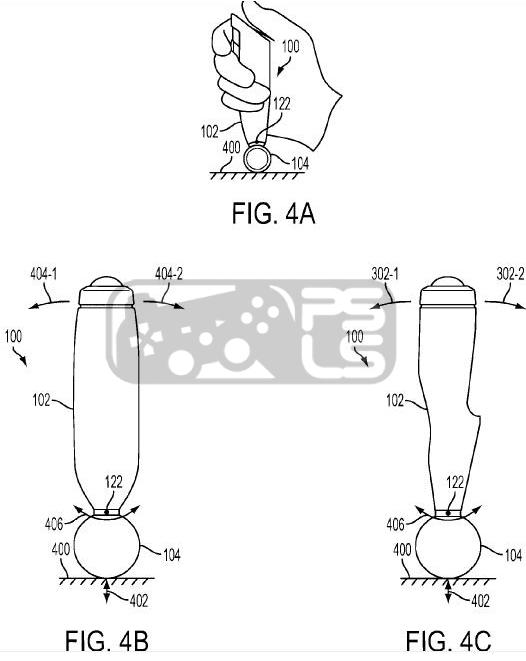
Showing how just how precise the controller was meant to be, the patent explains:
Applying downward pressure on the handle 102 toward the input feature 104 creates compression. Sensors between the input feature 104 and the handle 102 enable detection of changes in the applied pressure that can be mapped to control of a computer program.
The pressure sensor on the Move Sphere would allow further gametypes for developers to exploit, with the sphere able to move up and down, as shown below:
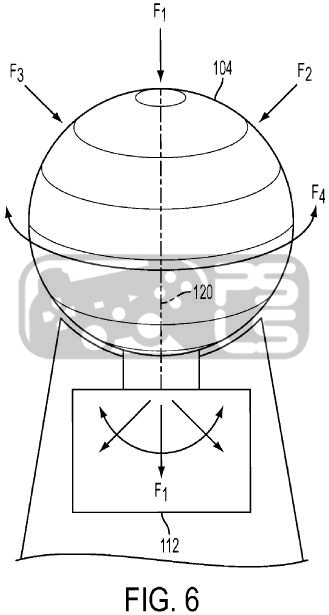 In fact, the sphere could even detect movement in any direction, allowing for two handed control of the device, with the sphere possibly also acting as another joystick.
In fact, the sphere could even detect movement in any direction, allowing for two handed control of the device, with the sphere possibly also acting as another joystick.
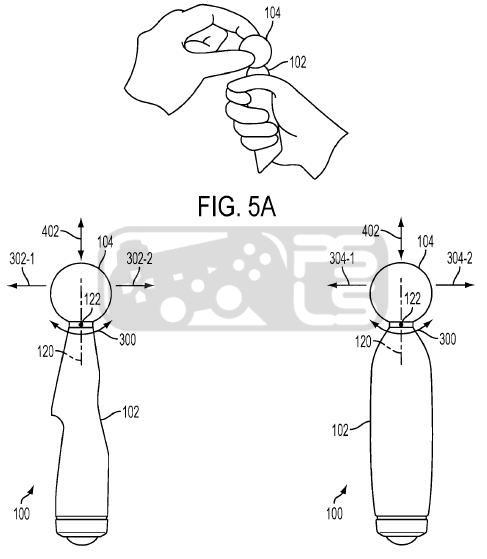 The patent explains how the controller could work in games:
The patent explains how the controller could work in games:
Using a human avatar analogy, movement of the input feature 104 in direction 302-1 and 302-2 is detected and mapped to correspond with nodding of the head. Thus, movement in direction 302-1 would pitch the head forward as if bringing the chin closer to the ne[ck]. Conversely, movement in direction 302-2 would pitch the head backwards, moving the chin away from the neck. Likewise, applying torque 300 to the input feature about the length axis 120 can be mapped to correlate to swiveling the head left or right.
There are many reasons why these features didn’t make the final cut, from the usability of the interface, to the drain on battery, and – most importantly – the cost of the device. While a feature-packed controller may seem ideal, an expensive Move could have easily crippled its launch.
Would you have preferred this version of the controller? Let us know in the comments below.
